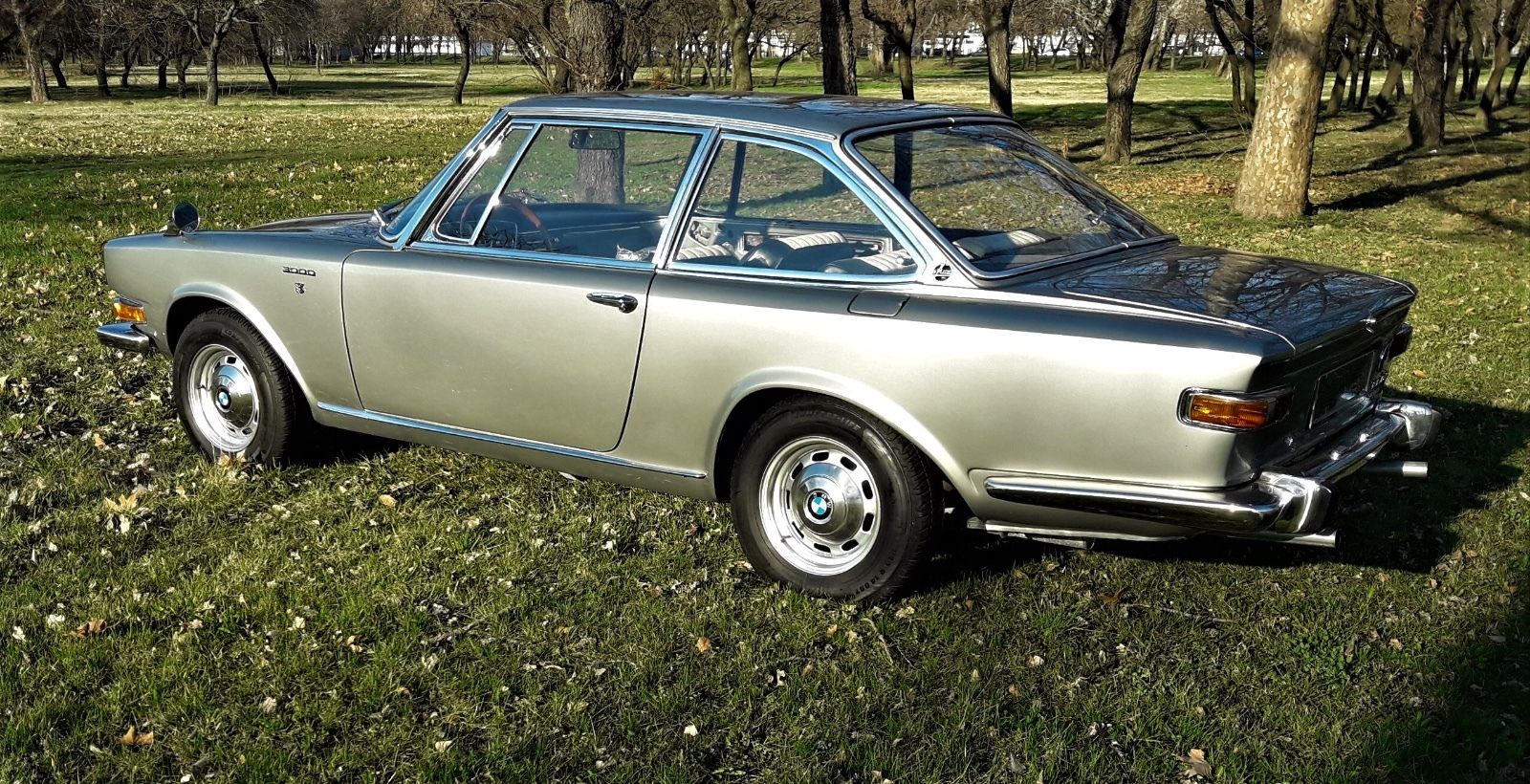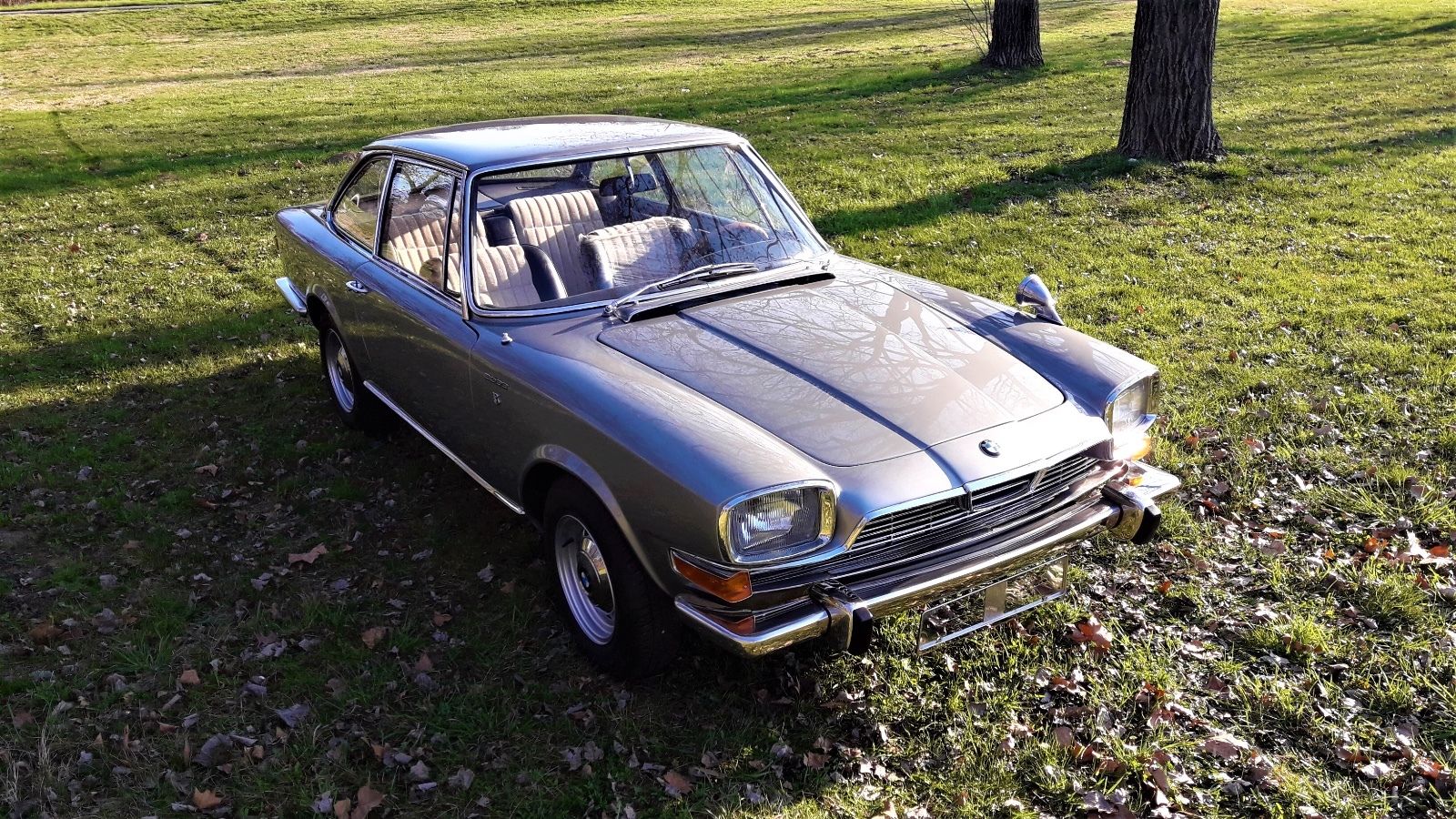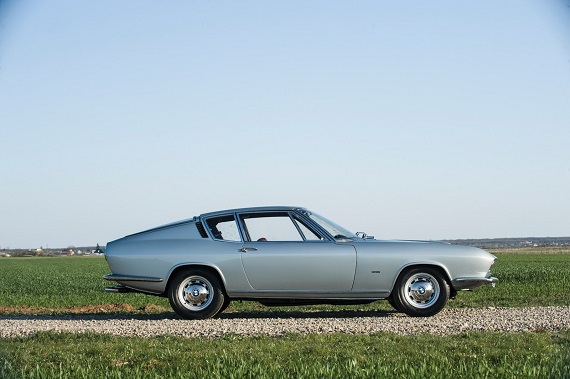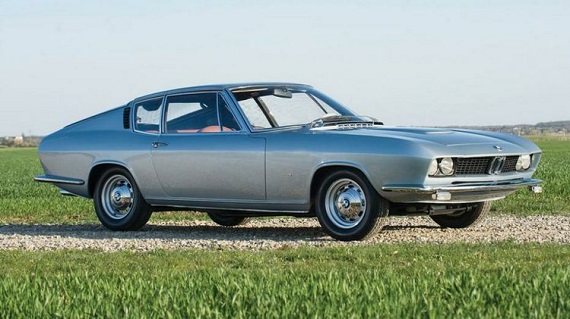Continuing with some 1960s vintage BMW history, we have to of course look at BMW’s major acquisition follow its successful staving off of Mercedes-Benz takeover. That company was Hans Glas GmbH. In the 1960s, this company briefly moved away from its bonds as constructor of sewing machines and licensed Goggomobils to produce some seriously pretty coupes; the 1300 GT and 1700 GT were the first and better known, but the 2600 and 3000V8 were no less striking. Glas employed same tactic as most major manufacturers for the designs, hiring an Italian to pen the lines. It was Pietro Frua who was responsible for the GT’s design, and while neither his name nor that of Glas resonate with the same authority as Pininfarina, Bertone, Ghia, Italdesign and Giugiaro, Gandini or even Michelotti (who produced a very similar design in the Triumph GT6), the combination was nonetheless a beautiful outcome for the German firm.
BMW purchased Hans Glas GmbH outright in 1966, gaining access to their Dingolfing plant and engineering team (incidentally, one of the first to use timing belts!). In the process, BMW’s technology and Glas’s designs merged, giving us the BMW 1600GT. The upgraded Glas 1700 GT offered 100 horsepower, and about 5,400 Glas-branded GTs were produced before the nameplate was eliminated in 1967. BMW produced a further 1,200 1600GTs before retooling the Dingolfing plant for E24 production in the mid-1970s.
Some fifty years on, that makes any of these cars quite rare, so even though this particular Glas isn’t the most pristine out there, it’s worth a look:






